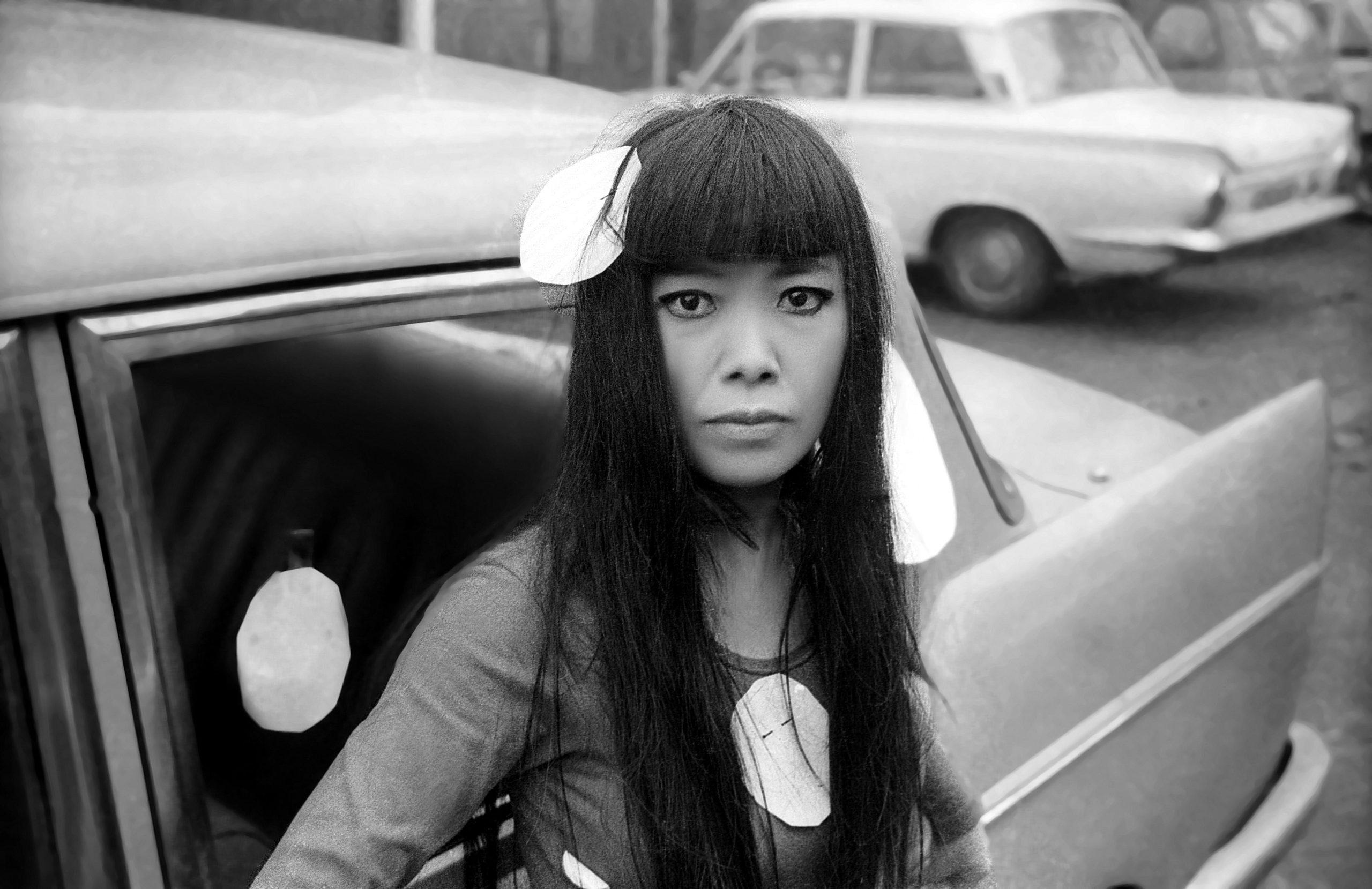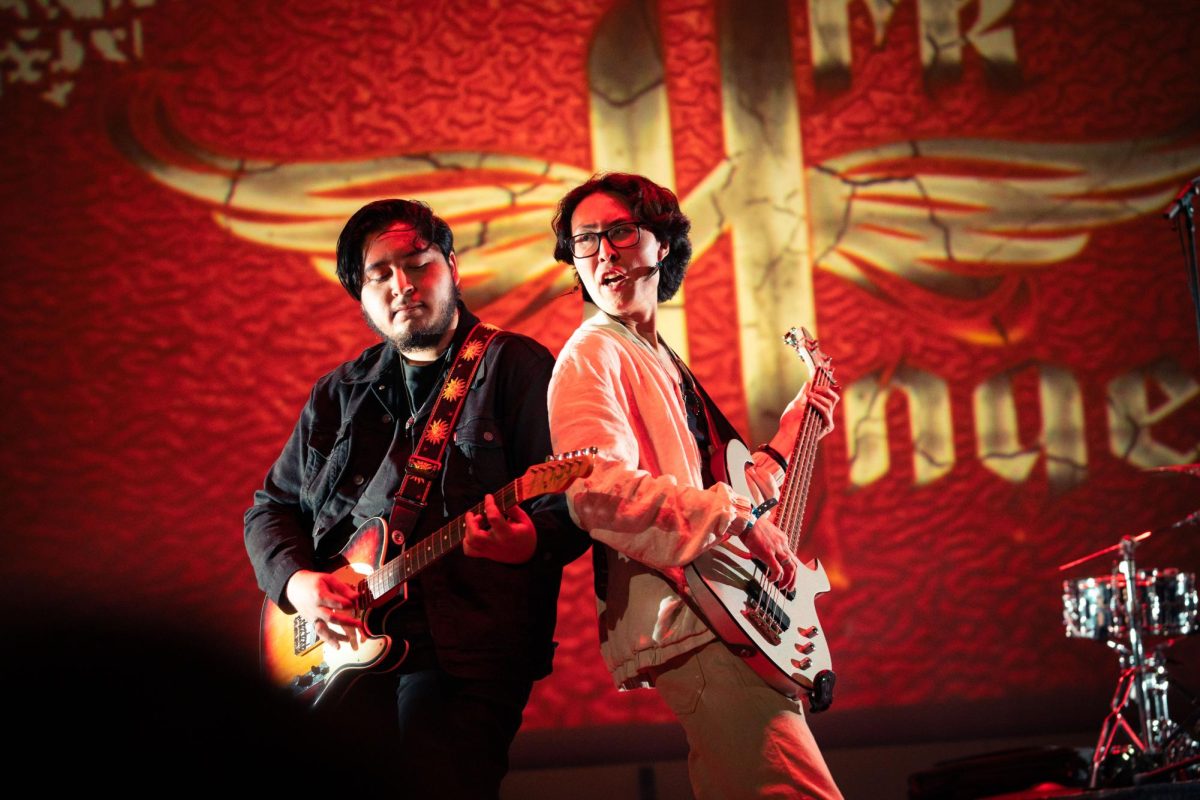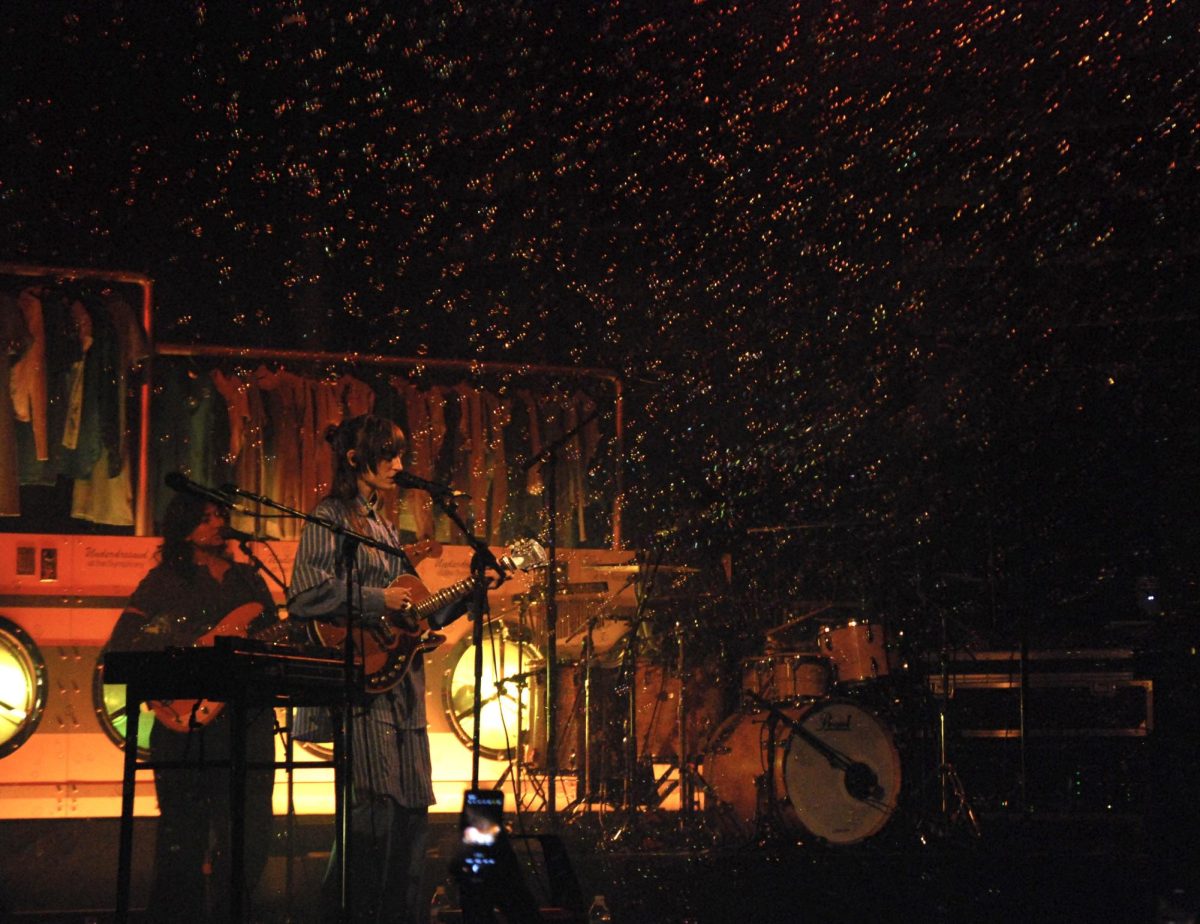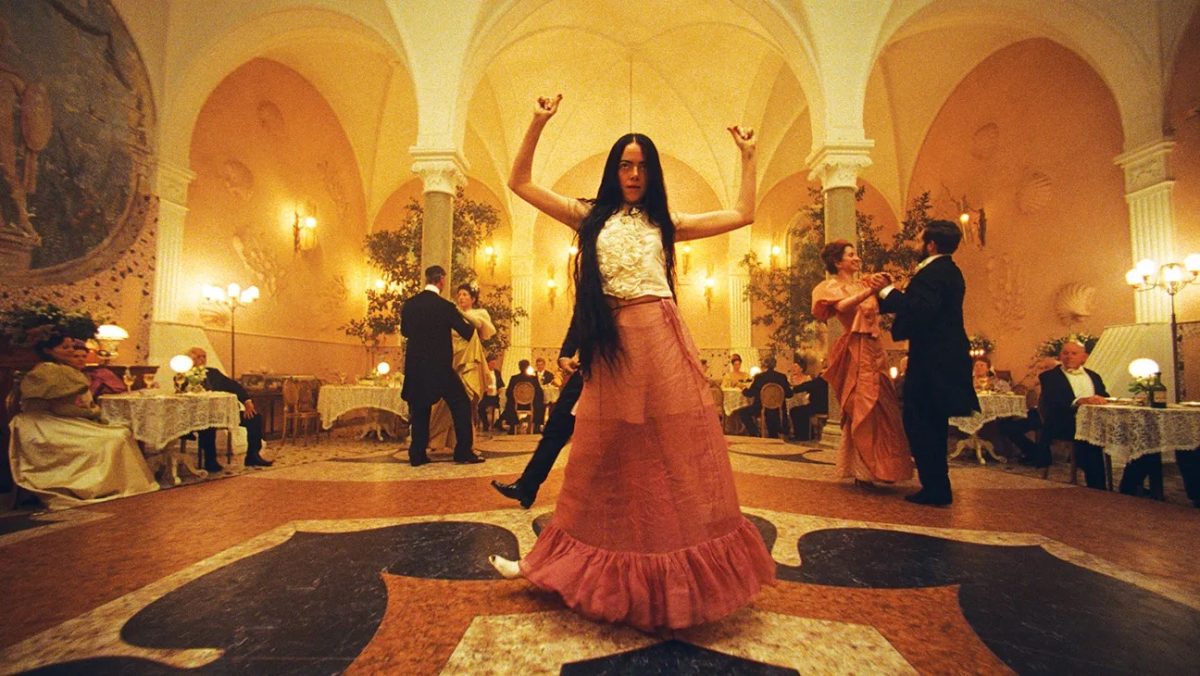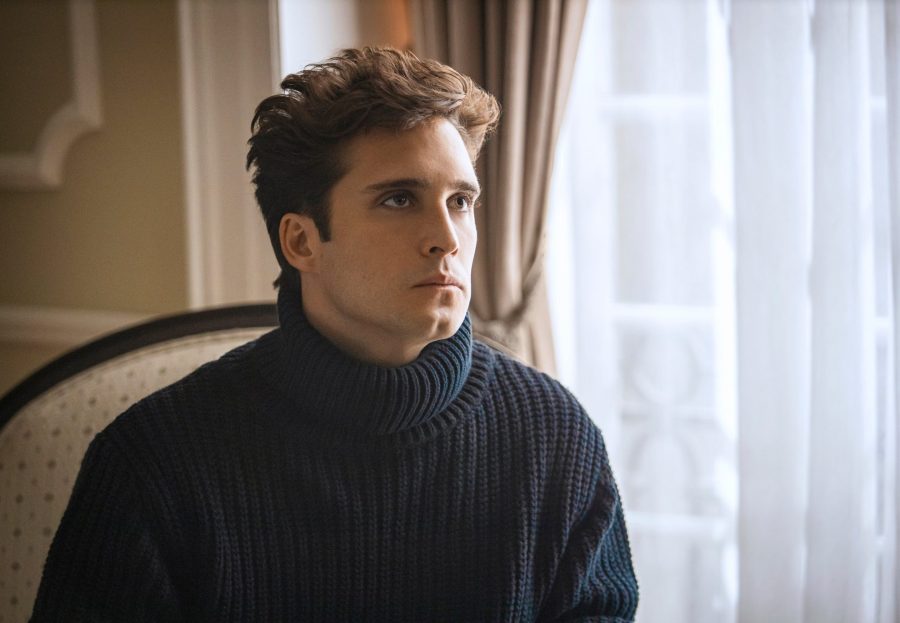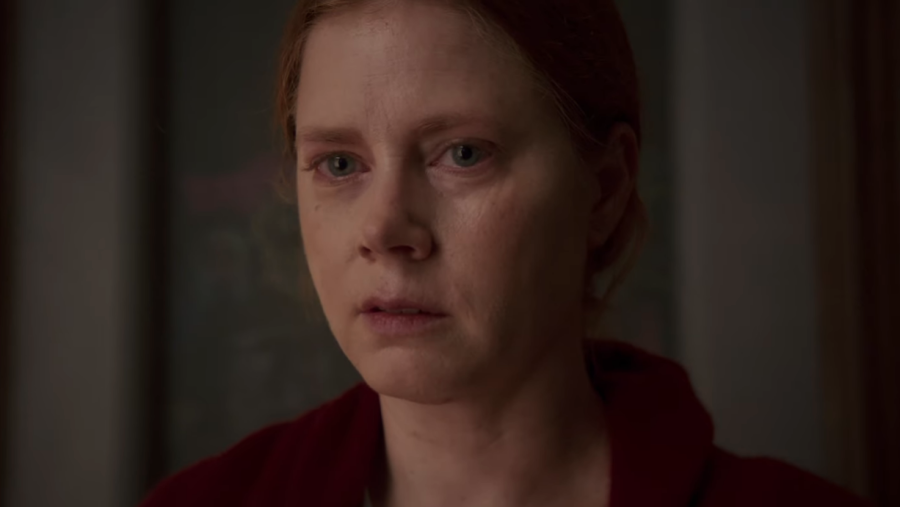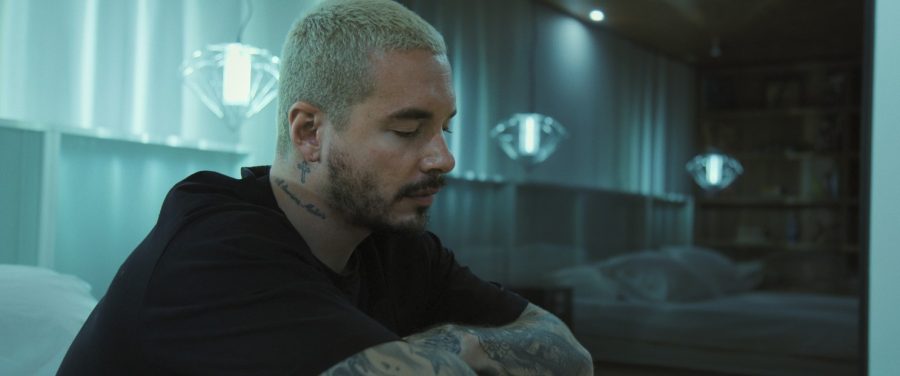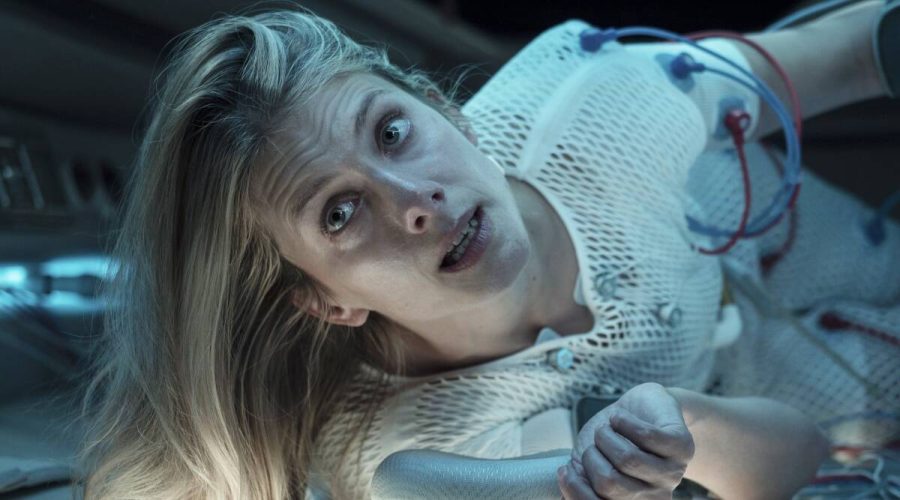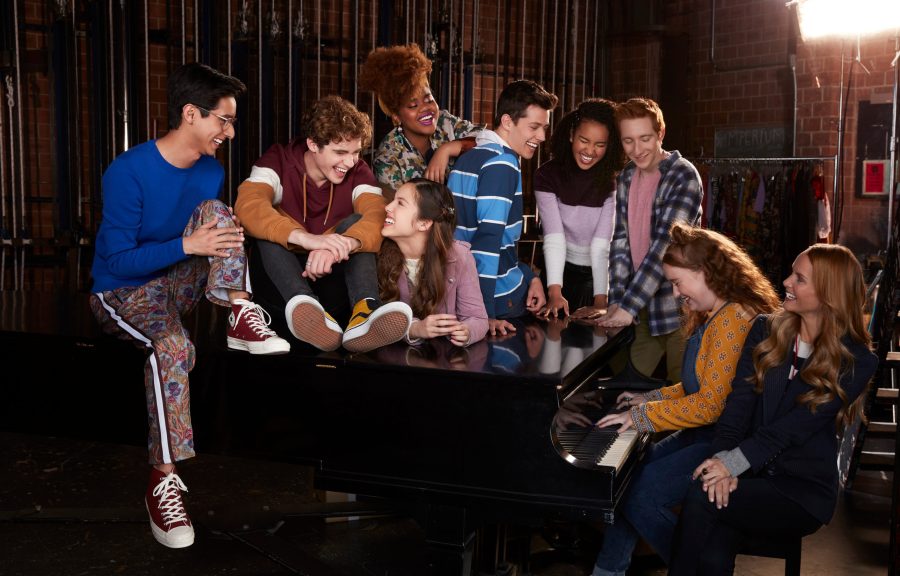The makers of “Kusama – Infinity” chatted with the UCSD Guardian about festivals, filmmaking and all things Kusama.
Instagram selfies in infinity rooms may be the pop culture trend of the now, but for Heather Lenz, “Kusama – Infinity” has been a long time coming. For nearly two decades, Lenz has immersed herself in Yayoi Kusama’s polka-dotted world, documenting the life and work of an artist as transcendent as her art. Lenz and her editor and co-writer, Keita Ideno, sat down with the Guardian to discuss the fruition of a passion project 17 years in the making.
“Kusama – Infinity,” the closing film of the San Diego Asian Film Festival Spring Showcase 2018, is a documentary that follows the extraordinary life of Yayoi Kusama, a contemporary Japanese artist who pursued a career against a series of obstacles spanning sexism, racism, and mental illness. Kusama’s pioneering work captured zeitgeists across multiple decades and altered the landscapes of both the American and Japanese art worlds.
Lenz first became interested in Kusama while studying art history and fine arts, long before the now-famous artist’s work had been reincorporated into the public consciousness. “I was really acutely aware from the beginning that her contributions to the American art world hadn’t been properly recognized,” Lenz told the Guardian. This cultural disconnect was embodied in a blatant void in Lenz’s collegiate arts curriculum. After a year of study, Lenz had encountered “about five women artists total.” “Later in a sculpture class, I was introduced to her work, and it was just kind of love at first sight. Back then there was really just one catalogue about her,” Lenz said. “I realized that not only was this a brilliant artist, but it was someone who had a very complex life who would just be a great subject for a film, and I wanted to know more about her. … I wanted to help introduce her to a wider audience.”
The documentary traces Kusama’s life from her conservative upbringing in Matsumoto, Japan to her entry into the New York City art scene in the ‘60s and her voluntary residency in a psychiatric hospital in Tokyo for the past 30 years. Each of these periods presents a unique set of hardships, and all are united by Kusama’s continued artistic output and innovation.
Kusama’s artistic journey through American abstract expressionism, watercolor paintings, sculptures, pop art, mirrored installations, nude “happenings” in the streets of New York, collage, and beyond provides a timeline for simultaneous personal and cultural development. Lenz also utilized photographic progressions to tell Kusama’s unique story. “You can see her changing,” Lenz said. “As a young woman in Japan, she is dressed more conservatively … when she first arrives in America, sometimes you see her dressed in these suit jackets that are kind of like something Jackie O would’ve worn, but then over time you see her style is evolving, eventually she’s doing happenings in a red leotard and later in the nude.”
The beginning of the film reveals the trauma of Kusama’s childhood, defined by her family’s staunch disapproval of her artistic aspirations and the birth of her infamous hallucinations. In her iconic red wig and polka dotted outfit, the now 89-year-old Kusama details her inescapable childhood visions of flowers, a primary subject of her early drawings. One of the film’s interviewees attributes the rapid pace of Kusama’s obsessive, round-the-clock creation process to a residual anxiety stemming from the times in which Kusama’s mother would tear her drawings out of her hands before their completion.
The documentary exposes a succession of disheartening instances of artistic plagiarism, as Kusama’s white male contemporaries including Andy Warhol, Claes Oldenburg, and George Segal profited off of groundbreaking ideas originally introduced by Kusama. This lack of recognition sent her into a deep depression, but she continued to produce, channeling her hallucinations of polka dots into her art through “infinity nets” and “self-obliteration” exhibits.
The film is largely an ode to Kusama’s resilience, documenting the artist’s unwavering determination to succeed and constant creative reinvention. “For me it’s about tenacity,” Lenz said. “She just had to overcome one obstacle after another, and sometimes she would leave behind one set of problems, like when she left Japan, only to arrive in America and face a new set of problems. … You see from a young age Kusama’s a very talented artist, but if she hadn’t been willing to keep going even when doors were closed in her face, she wouldn’t be the celebrated artist she is today.”
In the making of “Kusama – Infinity,” Lenz and Ideno were presented with their own sequence of roadblocks. The film’s admittance into the Sundance Film Festival forced the expedition of the production process, sending workdays into overdrive. “We technically recut the whole film in … two months, and that was because Keita worked every day: Thanksgiving, Christmas, New Year’s Eve, New Year’s Day, … we worked 20-hour days, we pulled all-nighters, we just worked around the clock,” Lenz said. The biggest challenge, however, according to Lenz was funding. The combined costs of international travel, translators, and licensing fees for archival footage racked up a hefty bill. The fact that Kusama held nowhere near the level of international recognition and acclaim that she does today didn’t help, either. “People aren’t going to fund a film about someone that they’ve never heard of, that’s not a proven entity,” Lenz explained.
Lenz’s meeting with Kusama herself was a process all its own. Lenz had been applying for grants for four years before receiving one, interviewing peers of Kusama and conducting other preparations. “When I finally got the grant to go to Japan … the president of the company … was quite surprised to find out that I didn’t have Kusama’s permission yet,” Lenz laughed. The company executive ended up accompanying Lenz to Japan and helping her secure her first interview with Kusama –– who, after months of Lenz’s preparatory conversational Japanese classes and tutoring, greeted Lenz in English with a handshake.
Over the past few years, Kusama has experienced a massive resurgence in mainstream popularity, bringing the artist long-deserved recognition. This pop culture explosion coincided with the making of “Kusama – Infinity.” “It obviously wasn’t over night. … It was building and building, and every year it seemed like there was some new accomplishment or a new thing in the works. … In 2011 and 2012, the Tate Modern Museum did a retrospective that toured different museums. … You could see her start rising in just unimaginable ways. … She would break an auction record for a woman artist or something like that, and these things just kept happening,” Lenz said. Lenz acknowledged the role of social media in Kusama’s mainstream popularity, but she also knows that the work speaks for itself. “I also think … the strength of the work is just evident, and so, it’s also the case that work she created in the ‘60s is breaking auction records and stuff like that. … The work is just very strong whatever era it’s from, and people can see that.”
For aspiring filmmakers, Lenz stressed the importance of good company. “I would just say surround yourself with good people.” Working as both a director and producer on the documentary rendered funding efforts a critical element of Lenz’s filmmaking process. “It’s not easy to pay people, and so when you make that kind of sacrifice, and work so hard to get the money, … you just want to have people around you that are not only talented but loyal, and have integrity. … You have to just keep trying, keep producing your art. You have to just keep going. I think that’s the main thing. That’s what I’ve been doing, throughout my career,” Ideno said. Lenz also volunteered her own experience with “Kusama – Infinity” as a template for things to avoid as a rookie filmmaker. “Don’t pick a film that involves international travel, don’t pick a film that involves multiple languages, don’t pick a film where you have to license expensive artwork,” Lenz laughed. “Much like Kusama had to believe in herself, as a first-time filmmaker, … I had to believe in myself, but that doesn’t mean other people believed in me. … And when you don’t have a track record, and you’re trying to do something big, … it’s harder to find the support that you need.”
However, also like Kusama, Lenz and Ideno have successfully delivered their work against the odds. The documentary premiered at Sundance, and since then, the two have made tweaks for their final cut, which is set to premiere in the U.S. in early September. “Kusama – Infinity” is a stunning product and reflection of long-term perseverance and a heartfelt tribute to the power of a vision.
Image Courtesy of Kusama Movie


